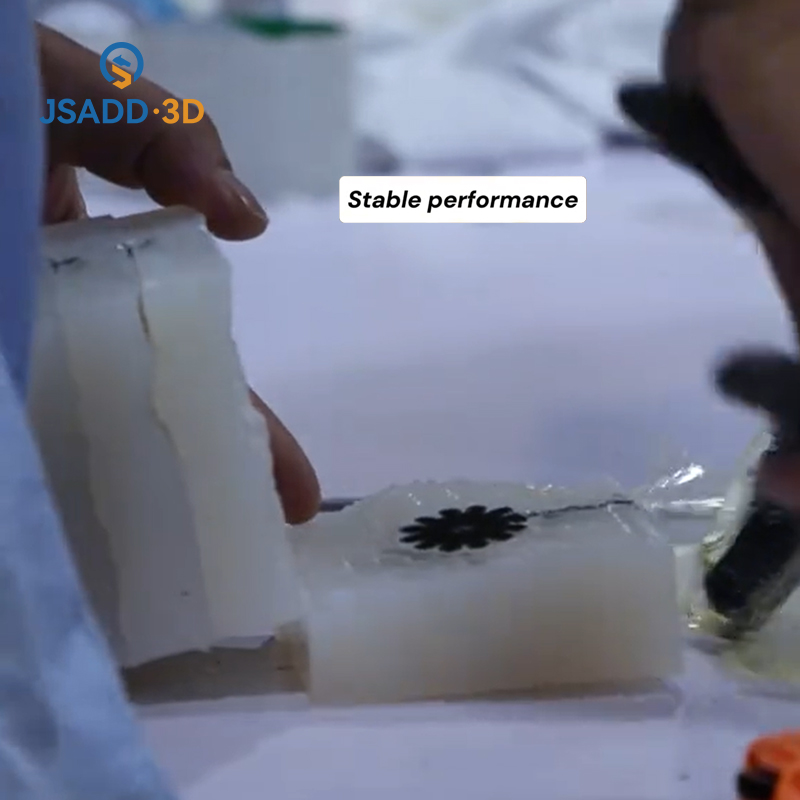Vacuum casting, particularly from a service like JSADD 3D, offers several advantages for prototyping and small-scale production. Here are some key benefits:
1. “High Detail and Precision”: Vacuum casting allows for the creation of highly detailed and precise parts. The process captures intricate details from the master pattern, ensuring that the final products are accurate and high-quality.
2. “Rapid Prototyping”: The vacuum casting process is much faster than traditional manufacturing methods, enabling quicker turnaround times for prototypes. This is particularly beneficial for industries that require swift development cycles.
3. “Versatile Material Options”: JSADD 3D offers a range of materials, including elastomers and rigid plastics, which can be used to mimic various final products. This versatility allows designers to test different material properties before committing to final production.
4. “Cost-Effective for Small Batches”: Vacuum casting is often more economical than injection molding for small production runs. It eliminates the need for expensive molds, making it ideal for startups and small businesses looking to test their designs.
5. “Good Surface Finish”: The process can achieve a high-quality surface finish, often requiring minimal post-processing. This is crucial for aesthetic components or parts that will be visible in the final product.
6. “Flexibility in Design Iteration”: Because the process is relatively quick and affordable, it allows for easy adjustments to designs based on testing and feedback. This iterative process can significantly enhance the final product’s effectiveness.
7. “Low Waste Production”: Vacuum casting generally results in less waste compared to traditional methods, as it uses only the material needed for each part, making it a more sustainable choice.
8. “Compatibility with Multiple Materials”: The ability to cast in different materials allows for the production of parts with varying properties, such as flexibility or hardness, which can be essential for specific applications.
9. “No Need for Complex Machinery”: Unlike some traditional manufacturing processes, vacuum casting requires less complex machinery, which can lower initial investment costs.
10. “Prototype Testing”: The ability to produce functional prototypes helps companies test and validate their designs before mass production, reducing the risk of costly mistakes later on.
These advantages make vacuum casting a popular choice for companies looking to develop prototypes and small-scale production runs efficiently and economically.






